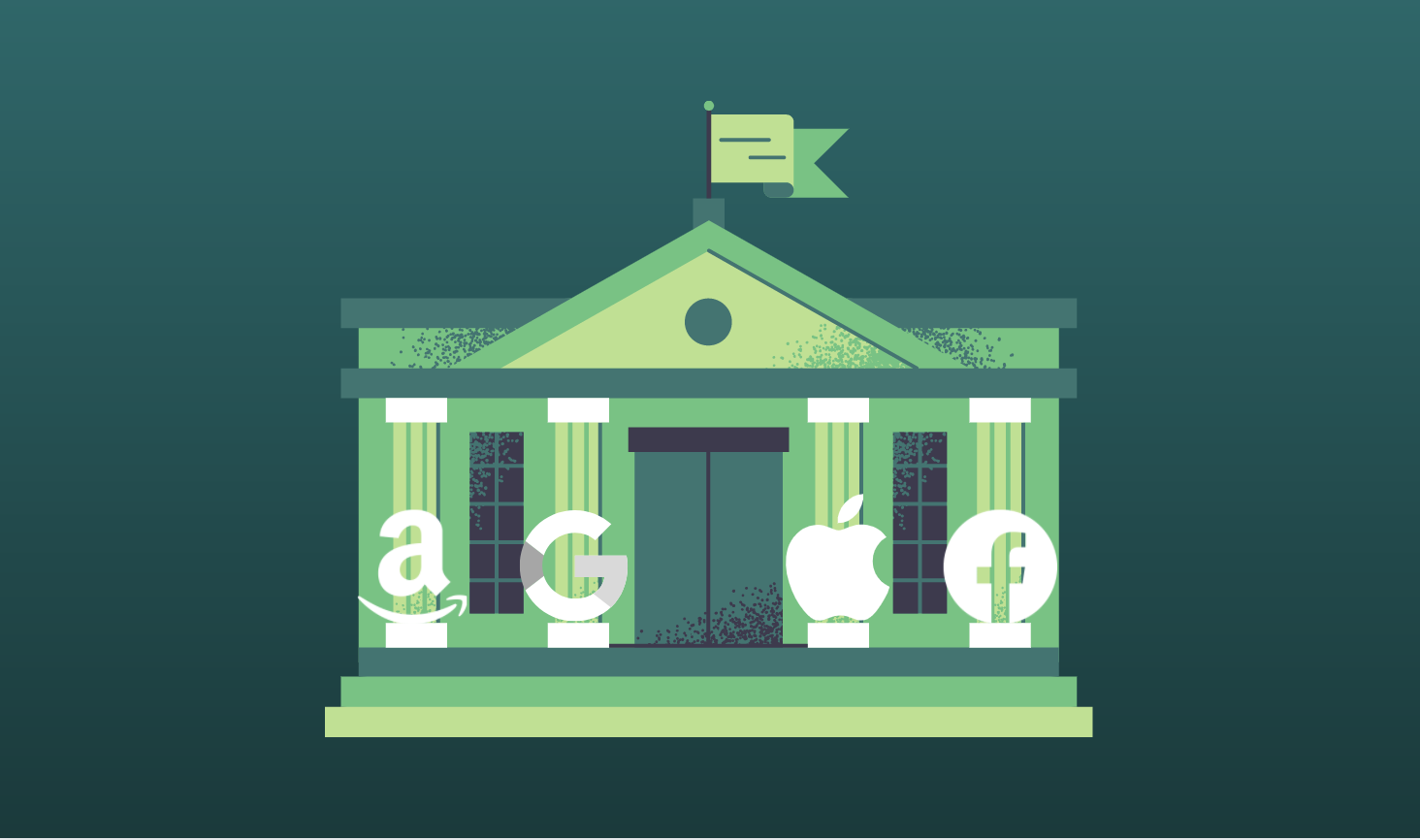Finance Everywhere, Member Exclusive
“We have no intention of becoming a bank”: Is Big Tech really a threat to banks?
- While Big Tech companies can be intimidating, the oftentimes overlooked factor is the underlying strategy behind their expansion into financial services.
- Big Tech companies are not coming into the industry to compete with banks as a unilateral force - they are looking to partner to enhance their own business.









